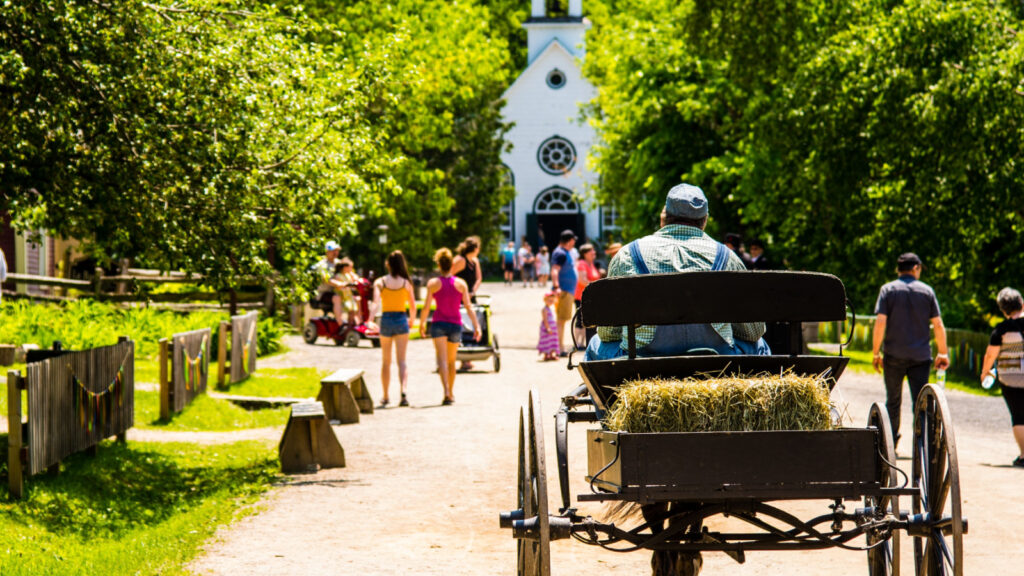Canada’s high cost of living often makes low tax sound like a fantasy, but there are pockets across the country where residents quietly enjoy friendlier tax rates and more take-home pay. These places may not always make the headlines, yet they offer the same Canadian quality of life, without the financial squeeze. Here are 25 low-tax Canadian cities you didn’t know existed:
Winkler, Manitoba
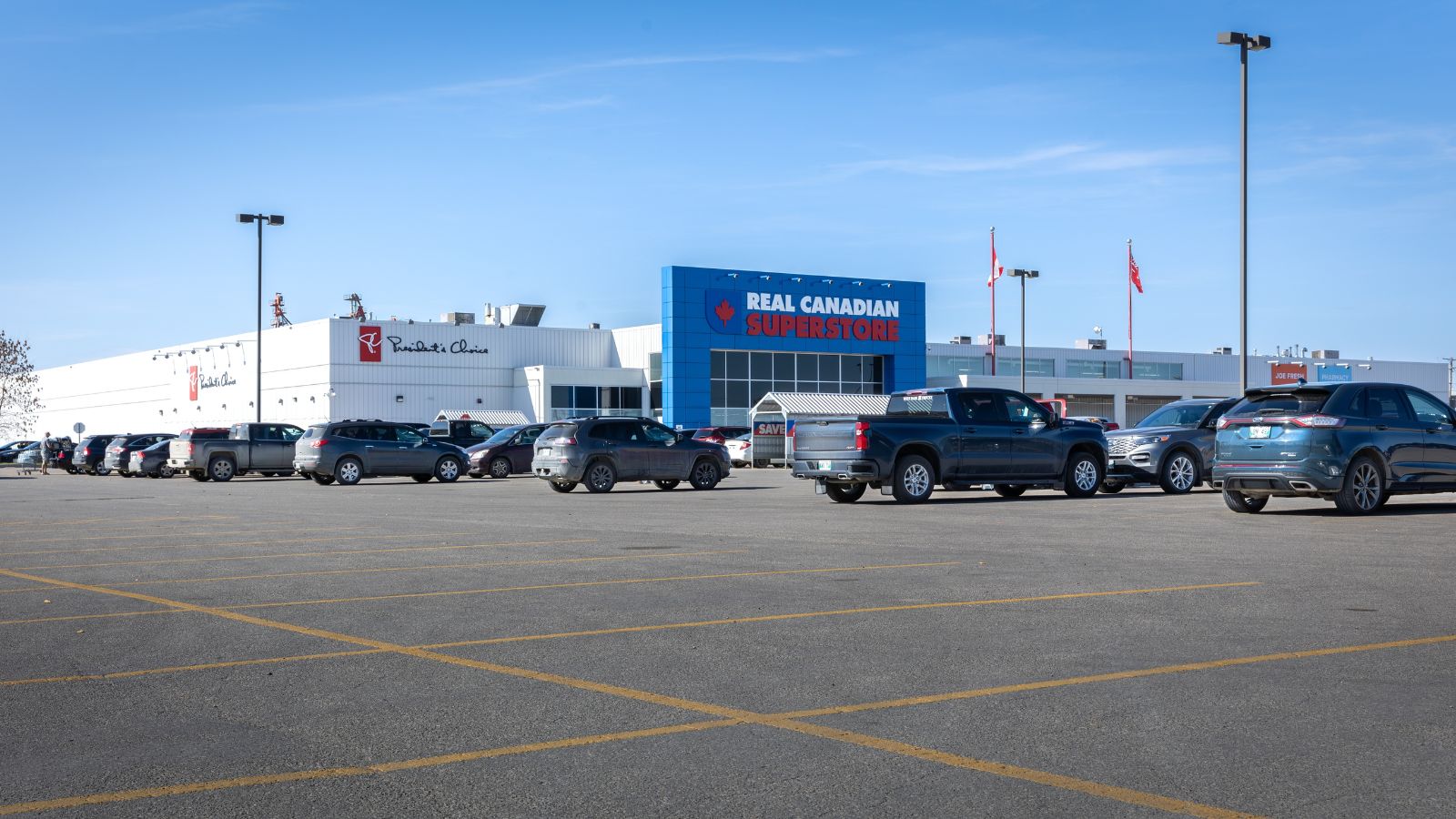
Winkler is one of Manitoba’s fastest-growing cities, yet its property tax rates remain refreshingly low. Residents here enjoy more home for their money, with the average tax bill coming in well below provincial averages. The city’s economic stability is fueled by manufacturing, agriculture, and retail, while new housing developments offer modern amenities at reasonable costs. Small business owners benefit from a supportive local government, keeping commercial taxes competitive.
Lloydminster, Alberta/Saskatchewan
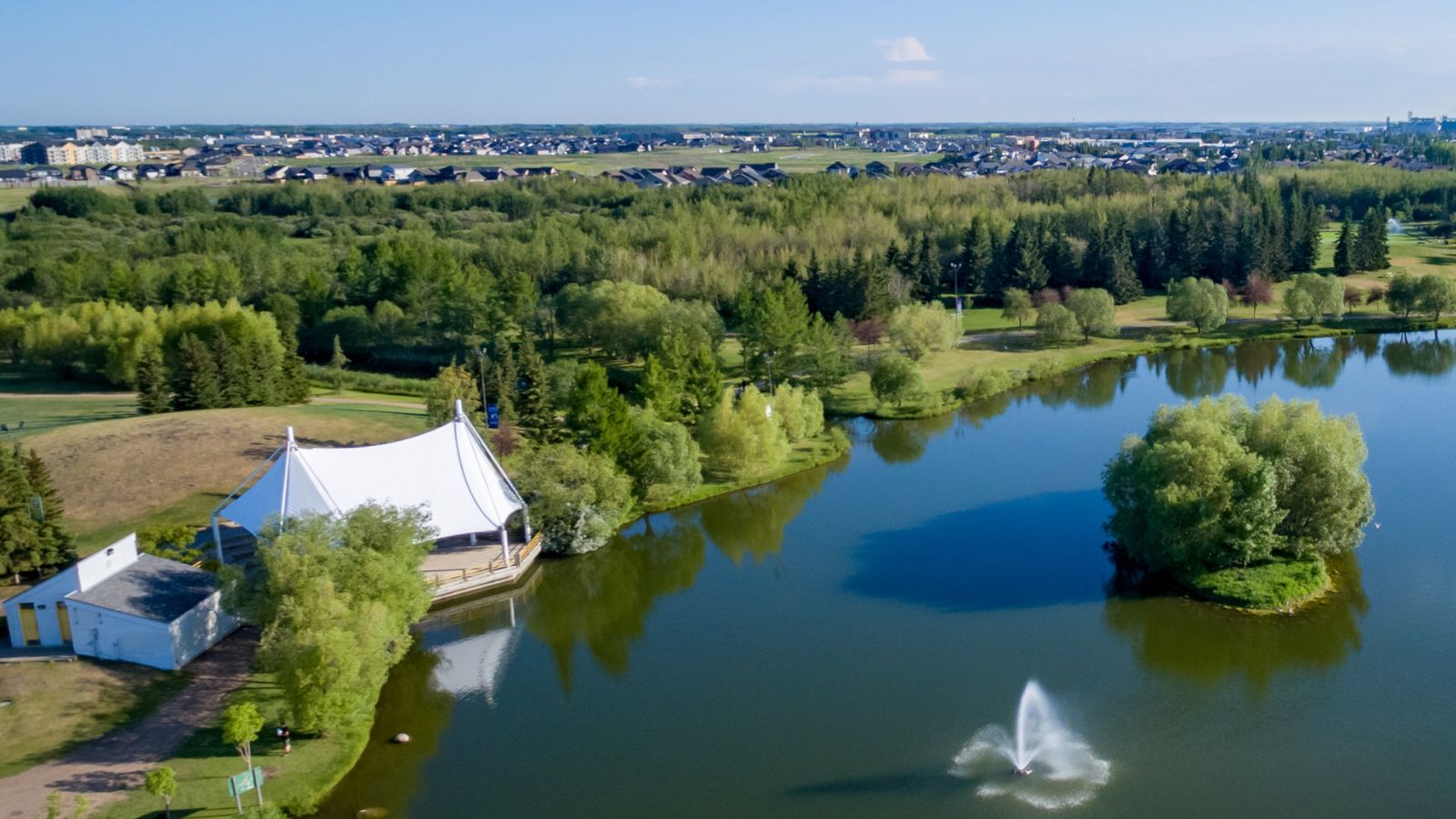
Straddling the Alberta-Saskatchewan border, Lloydminster is uniquely positioned to take advantage of Alberta’s lower tax structure while offering the amenities of a thriving prairie city. Property taxes remain below the national average, and there’s no provincial sales tax on the Alberta side. The city’s energy sector drives much of its economy, but diversification into agriculture and retail ensures stability. Residents benefit from affordable housing, generous lot sizes, and well-maintained public services.
Cornwall, Ontario
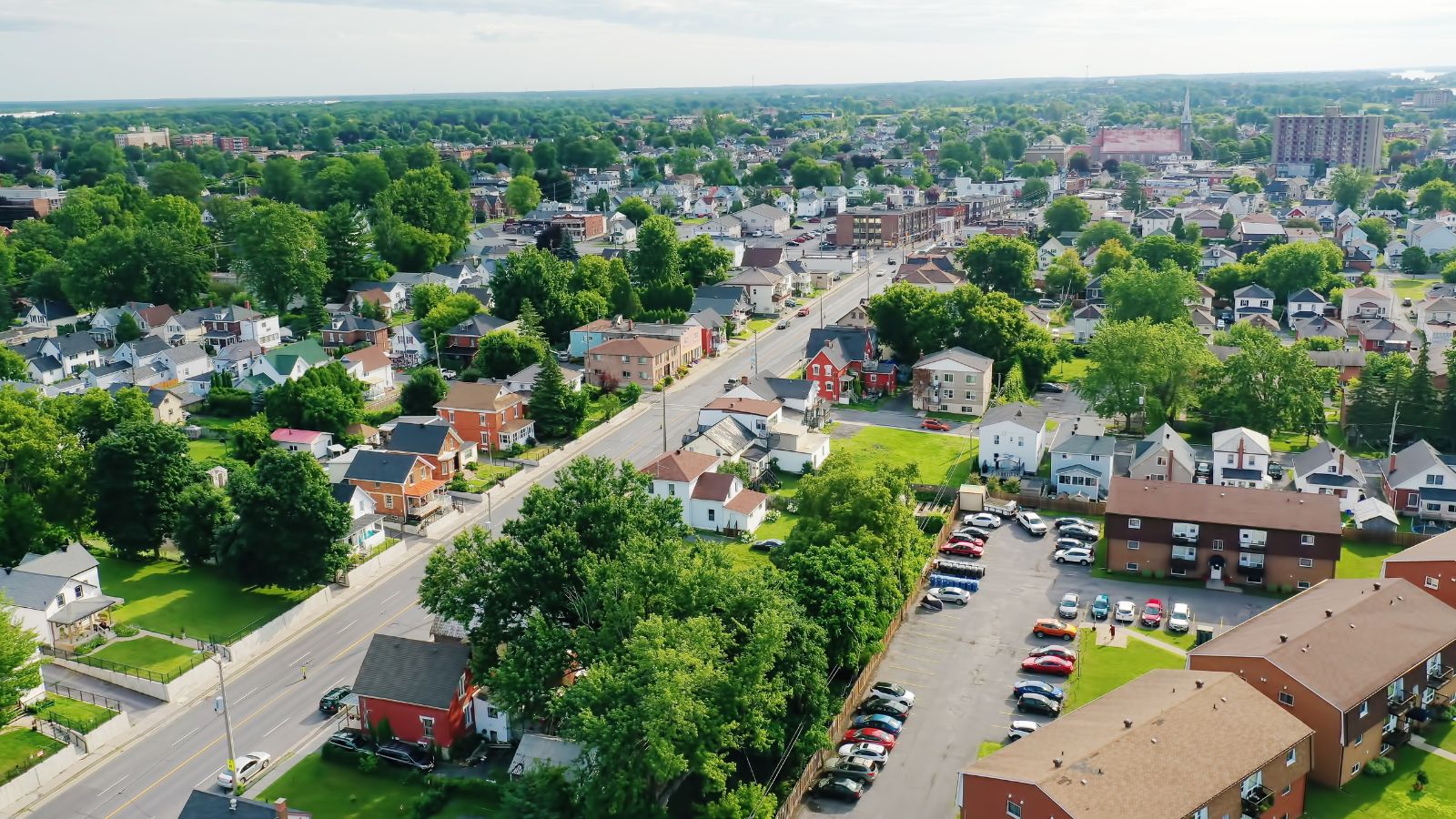
Cornwall may surprise those who associate Ontario with steep taxes, as its municipal property tax rate is among the lowest in the province, making homeownership more accessible. Affordable utilities and reasonable housing prices further ease the city’s cost of living. Cornwall’s economy is buoyed by manufacturing, logistics, and healthcare, offering stable job opportunities, and its location along the St. Lawrence River also means access to scenic waterfront parks without the premium pricing seen in larger cities.
Brooks, Alberta
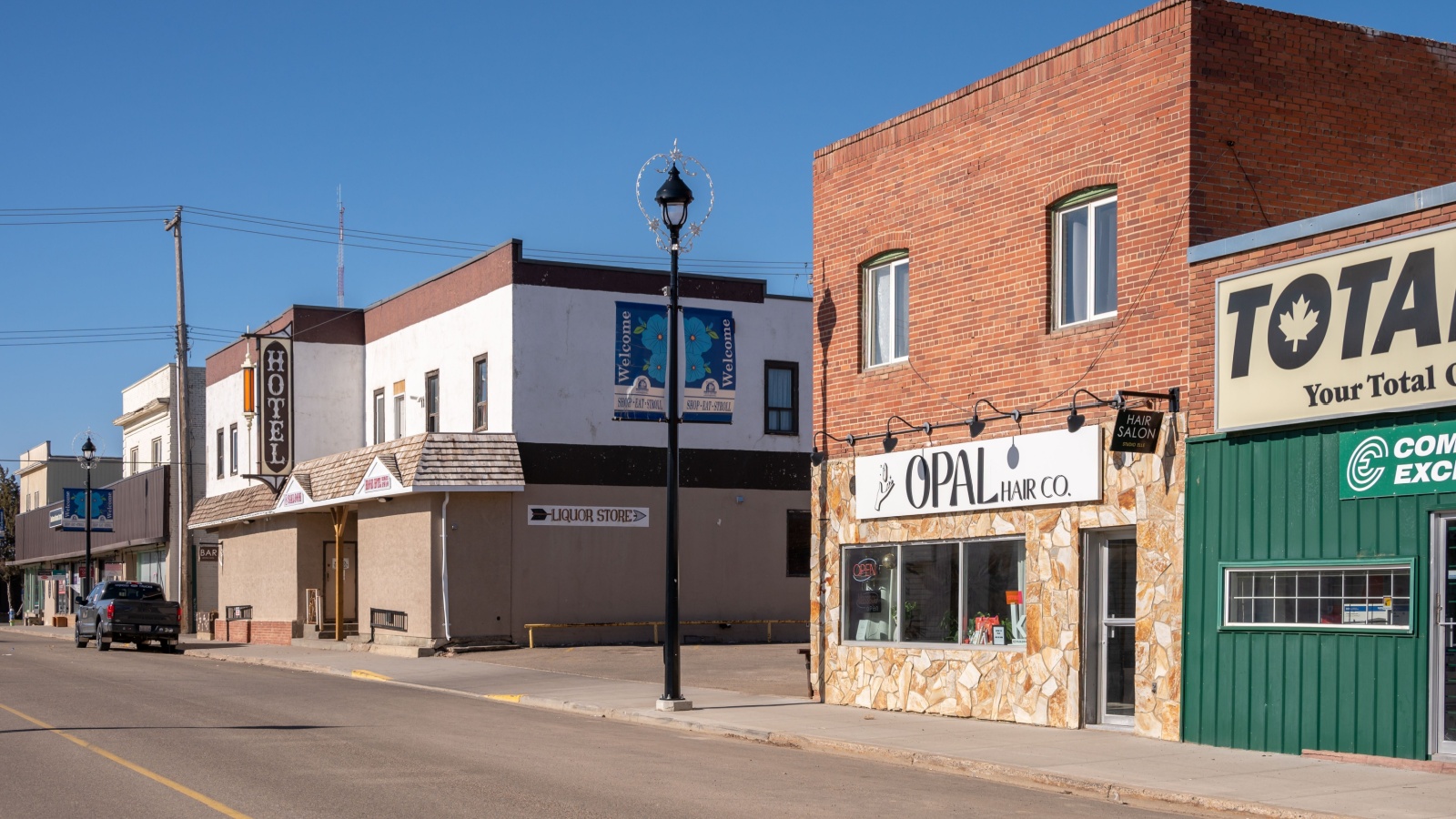
Brooks benefits from Alberta’s absence of a provincial sales tax, paired with property taxes that are lower than those of many cities of its size. Known as the “City of 100 Hellos” for its diverse and welcoming community, Brooks has an economy rooted in agriculture, energy, and food processing. Housing remains affordable, allowing residents to own larger homes without a proportionally larger tax bill. Local government investments in parks, recreation, and infrastructure ensure residents enjoy a high standard of living.
Flin Flon, Manitoba/Saskatchewan
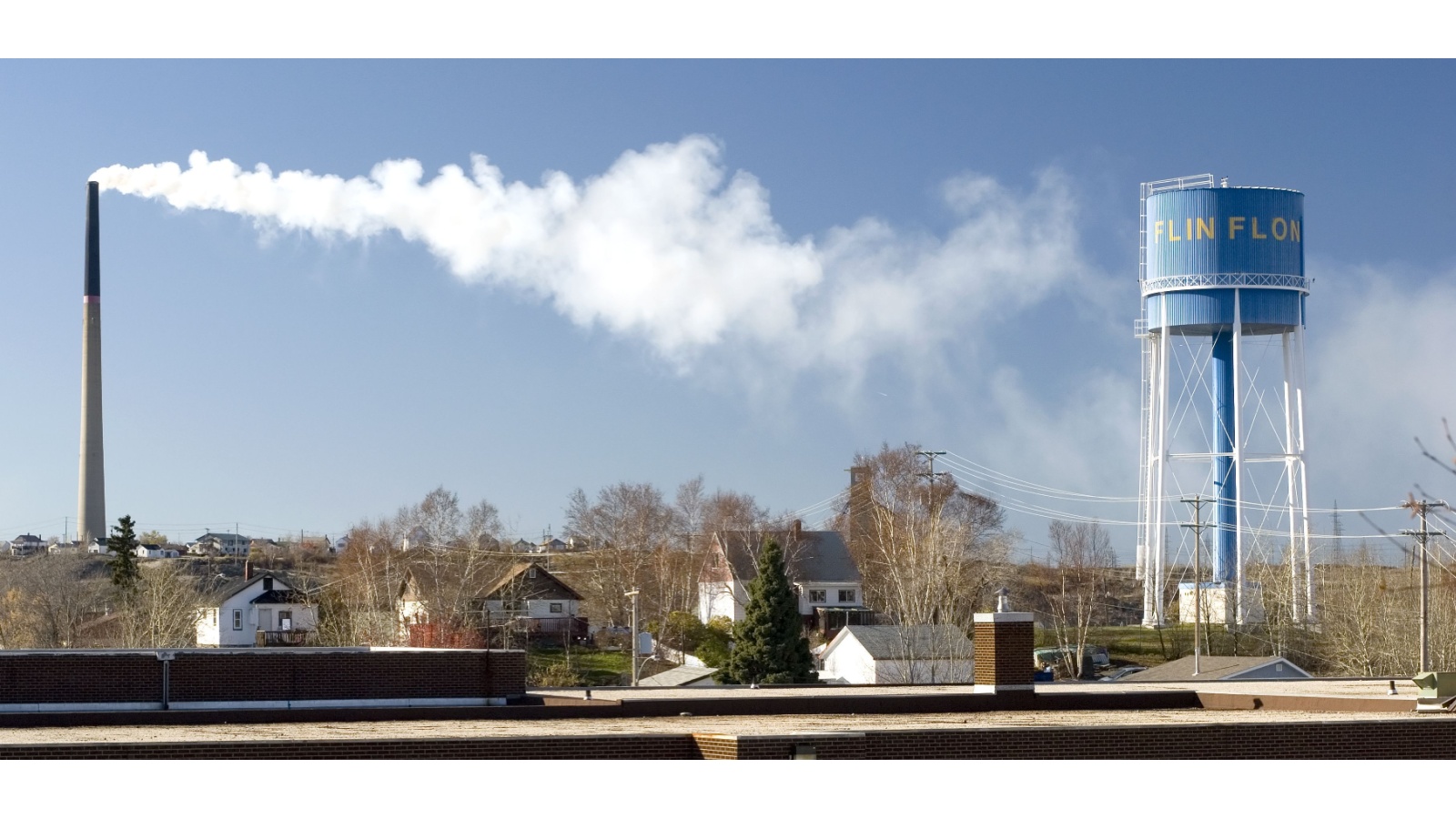
Straddling the Manitoba-Saskatchewan border, Flin Flon is a unique mining town where property taxes remain surprisingly low compared to many Canadian municipalities. The housing market is affordable, and municipal services are funded efficiently, keeping overall costs down. For workers in mining, forestry, or nearby trades, the combination of steady employment and low taxes is a winning formula. Residents also benefit from a strong sense of community and access to pristine northern wilderness.
The Pas, Manitoba
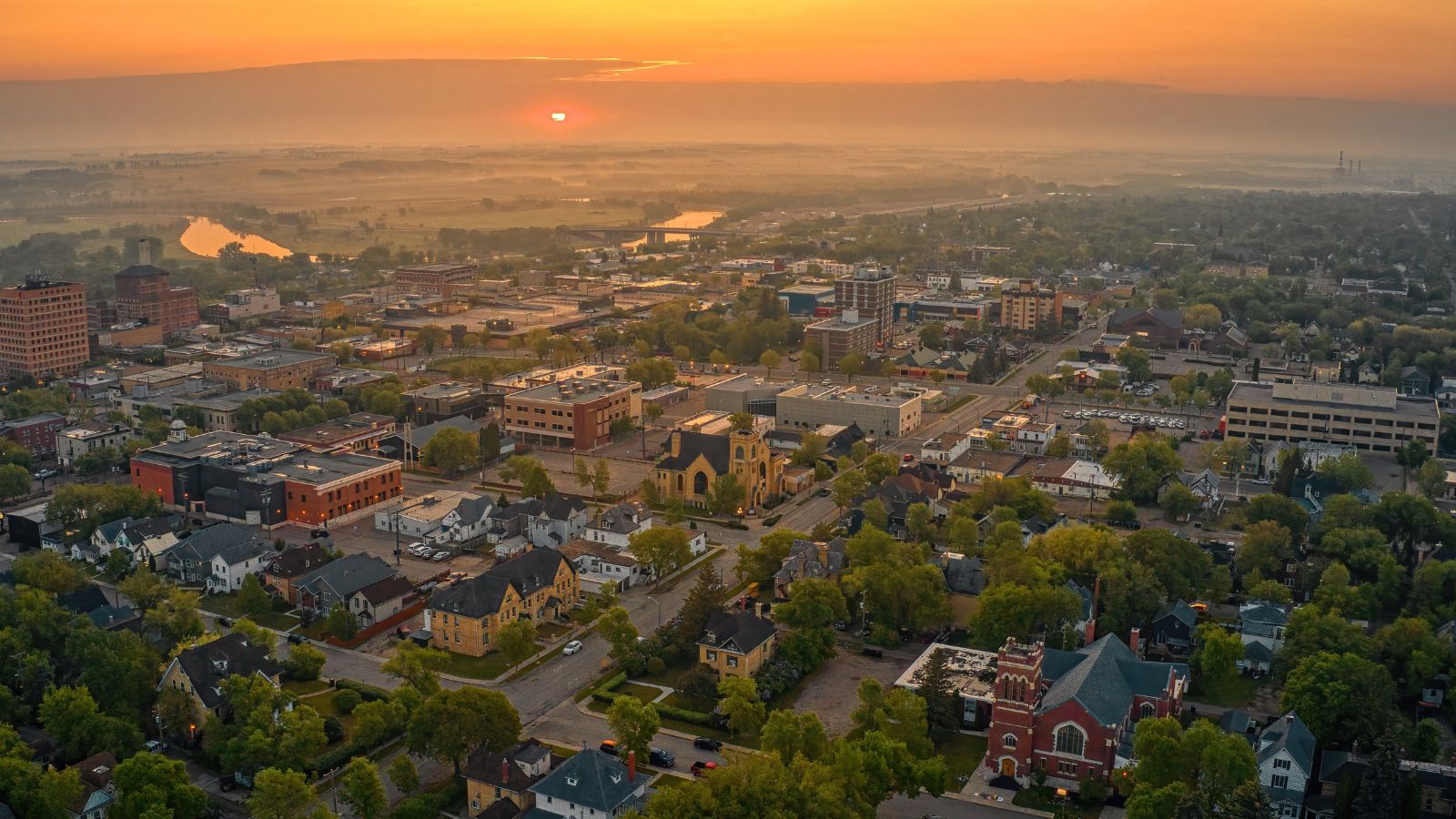
The Pas offers some of the lowest property taxes in Manitoba, making it attractive for families and businesses alike. Its economy is supported by forestry, mining, and tourism, while the nearby Clearwater Lake provides endless outdoor recreation. The cost of living here is well below national averages, allowing residents to save more or invest in higher-quality housing, and municipal services are efficient without being overfunded, keeping tax rates stable.
Whitecourt, Alberta

Whitecourt, often called the “Snowmobile Capital of Alberta”, also happens to be one of its most affordable tax environments. With no provincial sales tax and competitive property rates, residents keep more of their income for recreation, savings, or investment. The local economy thrives on forestry, oil, and gas. Still, diversification into tourism has added new opportunities, while housing prices remain moderate, and the town invests in high-quality public amenities, from sports facilities to walking trails.
Brockville, Ontario

Known as the “City of the 1000 Islands”, Brockville offers a rare combination in Ontario with low property taxes, affordable waterfront living, and a charming small-city atmosphere. Situated along the St. Lawrence River, Brockville’s real estate market provides excellent value compared to other Eastern Ontario communities. The city’s economy is supported by manufacturing, tourism, and healthcare, creating stable job prospects. Its strategic location between Ottawa, Kingston, and the U.S. border also makes it appealing for business owners seeking lower costs without sacrificing market access.
Grande Prairie, Alberta

Grande Prairie’s growth has been impressive, but so has its ability to keep taxes reasonable. With Alberta’s no-PST advantage and competitive property tax rates, residents have more disposable income for travel, savings, or home upgrades. The city’s economy is powered by energy, agriculture, and retail, ensuring job diversity, while housing options range from modern condos to spacious family homes, all with manageable tax bills. Public investment in infrastructure and education also supports long-term community stability.
Oromocto, New Brunswick

Oromocto enjoys some of the lowest property taxes in New Brunswick, making it a favorite among military families stationed at nearby CFB Gagetown. The local economy benefits from defense, public services, and small business growth, while housing prices are affordable, and utilities remain reasonable. The town’s size keeps municipal expenses low, ensuring tax rates stay stable over time, and surrounded by rivers and green spaces, Oromocto offers a peaceful lifestyle with easy access to Fredericton’s amenities.
Sault Ste. Marie, Ontario
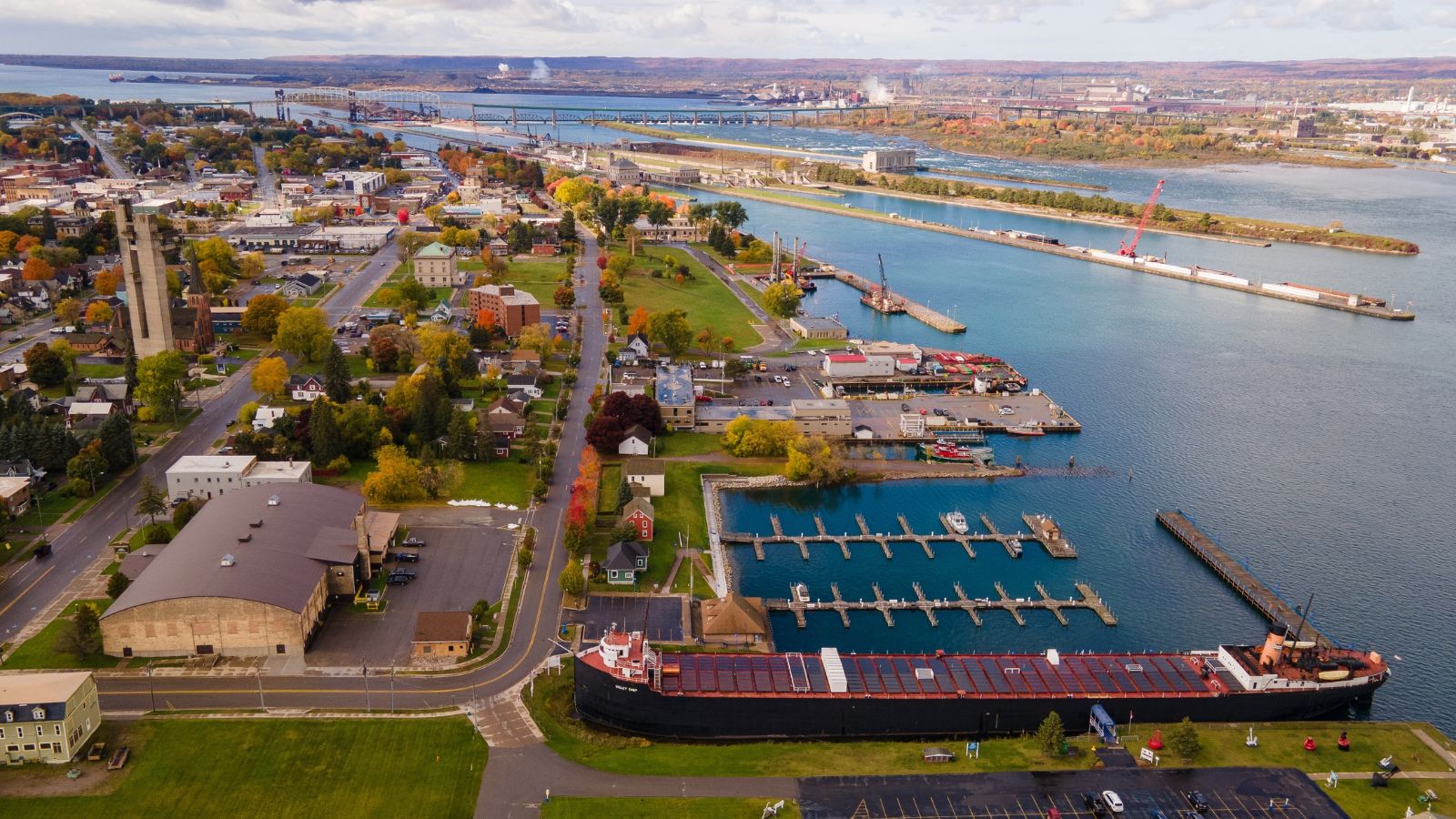
Sault Ste. Marie pairs a low property tax rate with an affordable housing market, making it a prime choice for families and retirees seeking more for their money. The city’s strategic location along the St. Marys River and near the U.S. border fuels cross-border trade and tourism, adding to economic resilience. Residents benefit from ample outdoor recreation, from hiking and skiing to fishing and boating, without paying big-city prices. With an economy anchored by manufacturing, energy, and public services, the “Soo” offers both lifestyle appeal and strong community ties, all at a surprisingly low tax burden.
Drummondville, Quebec
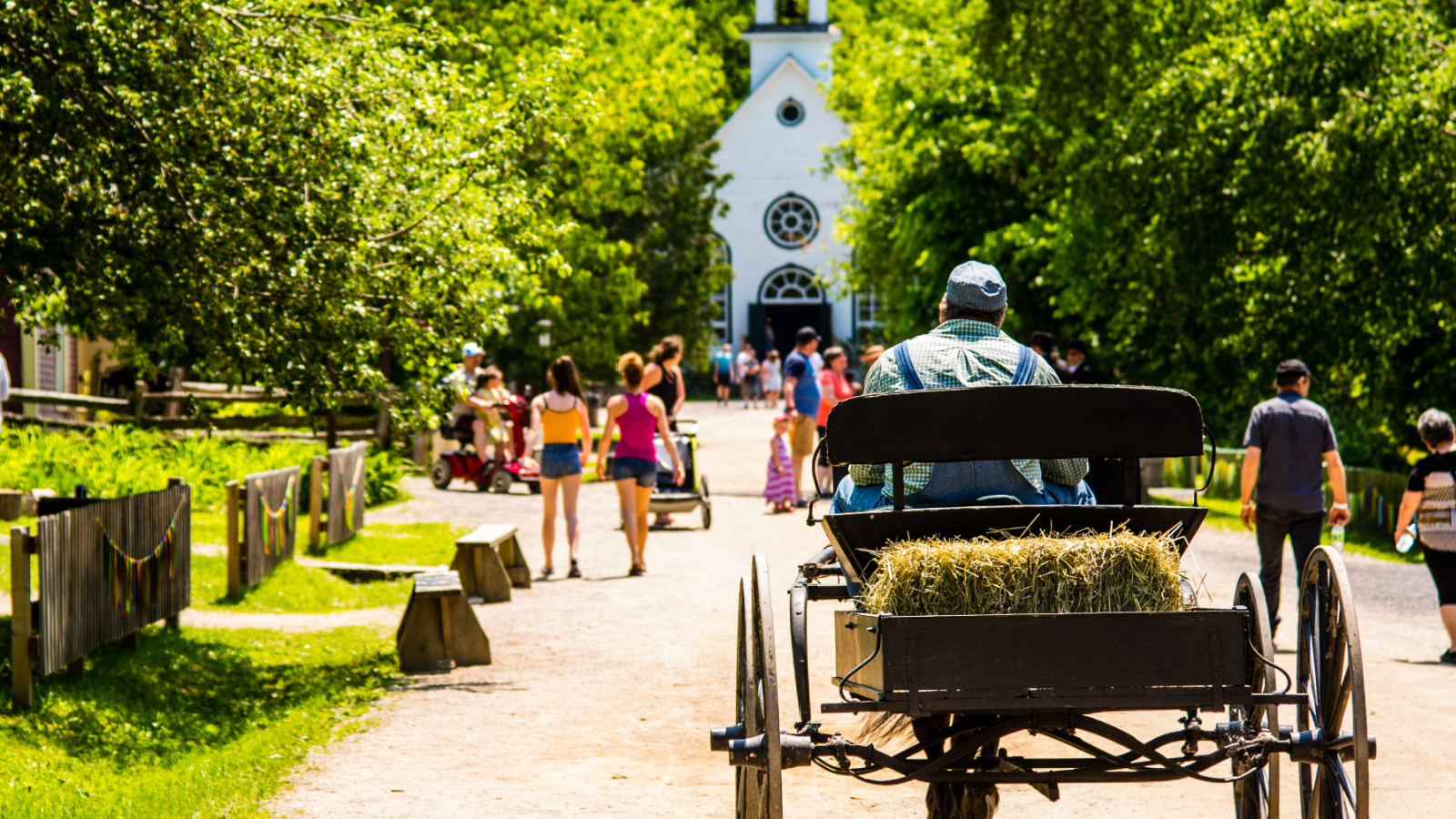
Drummondville delivers an appealing blend of small-town charm and economic opportunity, all underpinned by a tax structure that keeps costs low. Known for its strong manufacturing base, particularly in textiles and food production, the city also boasts excellent cultural amenities, including festivals, museums, and theaters. Housing prices remain below provincial averages, making homeownership accessible for young families. The city’s strategic location between Montreal and Quebec City offers connectivity without the expense of metropolitan living.
Penticton, British Columbia
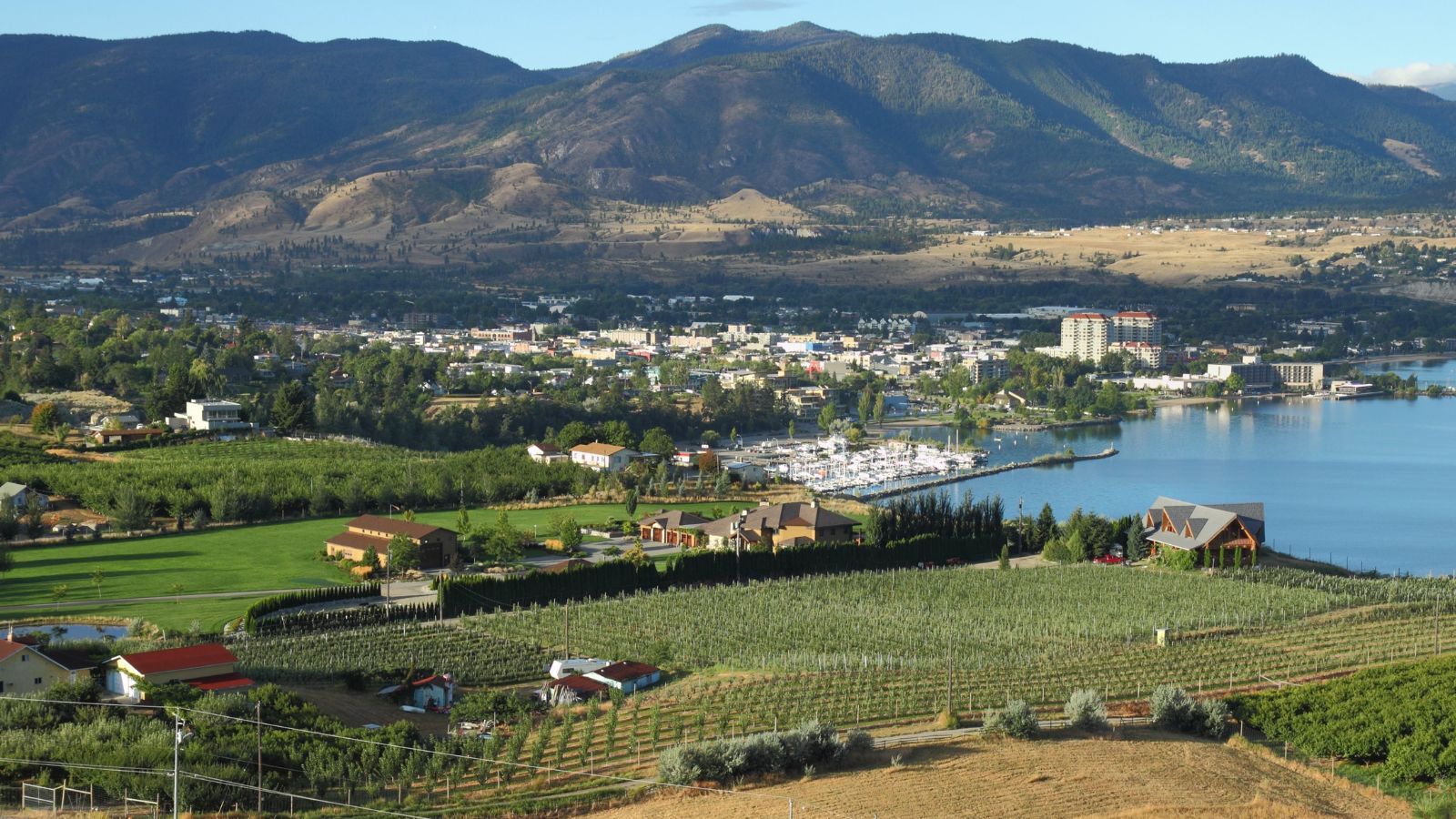
Penticton offers a rare find in B.C., with a sought-after lifestyle destination and a comparatively modest property tax rate. Nestled between Okanagan and Skaha Lakes, the city thrives on tourism, wine production, and outdoor recreation. While B.C. often means high property costs, Penticton’s market remains more approachable than Kelowna or Vancouver, making it a viable choice for retirees and remote workers. The city also benefits from a diverse local economy and a climate that encourages year-round activity. For those seeking the Okanagan lifestyle without the full financial hit, Penticton stands out as a lower-tax, high-quality-of-life option.
Fort Saskatchewan, Alberta
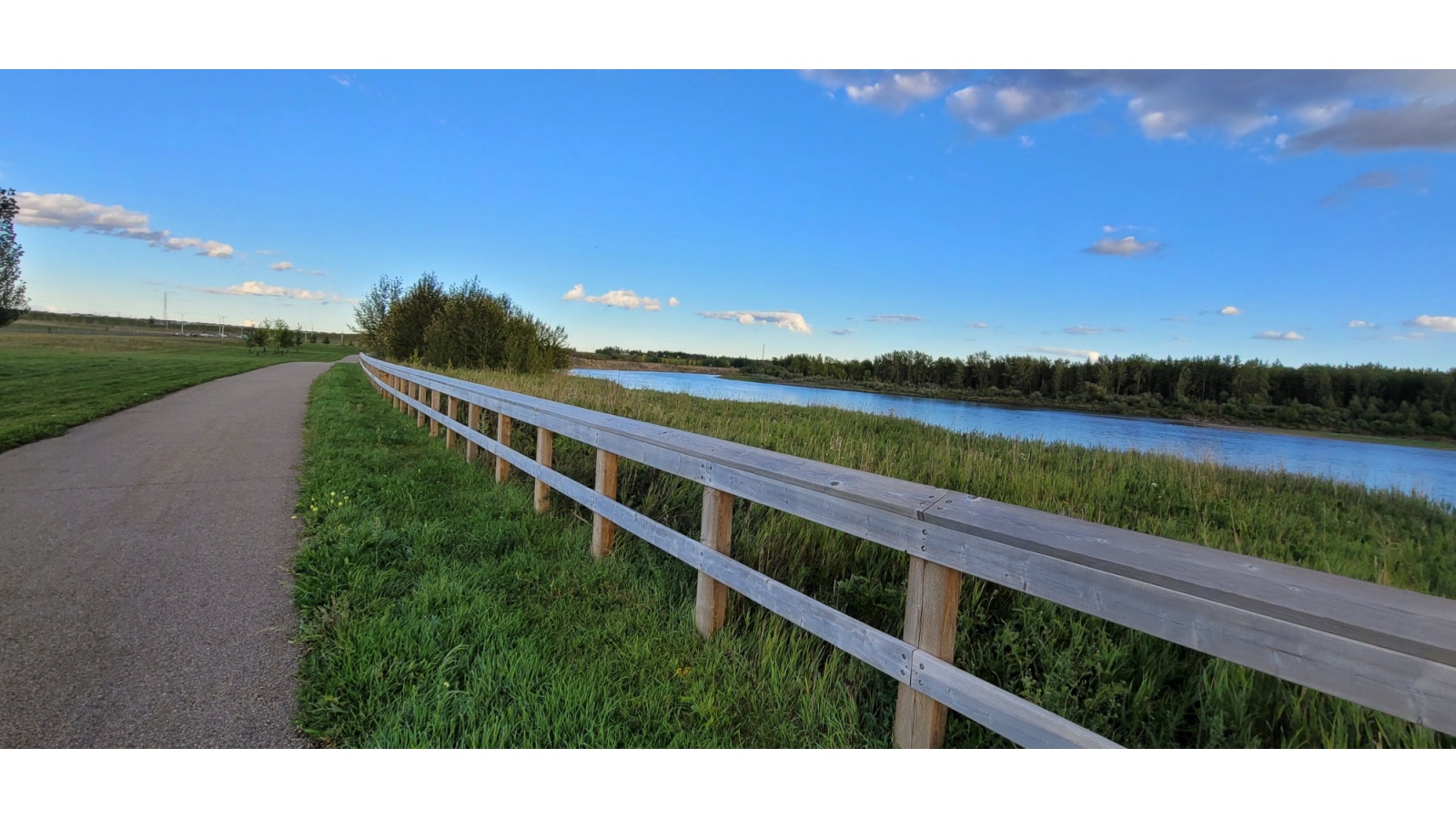
Fort Saskatchewan combines small-city friendliness with strong economic fundamentals and one of Alberta’s most favorable tax environments. The city benefits from its proximity to Edmonton while maintaining its own industrial base, anchored in petrochemicals, manufacturing, and transportation. Housing prices are well below national averages, and Alberta’s lack of provincial sales tax further stretches residents’ dollars.
Summerside, Prince Edward Island
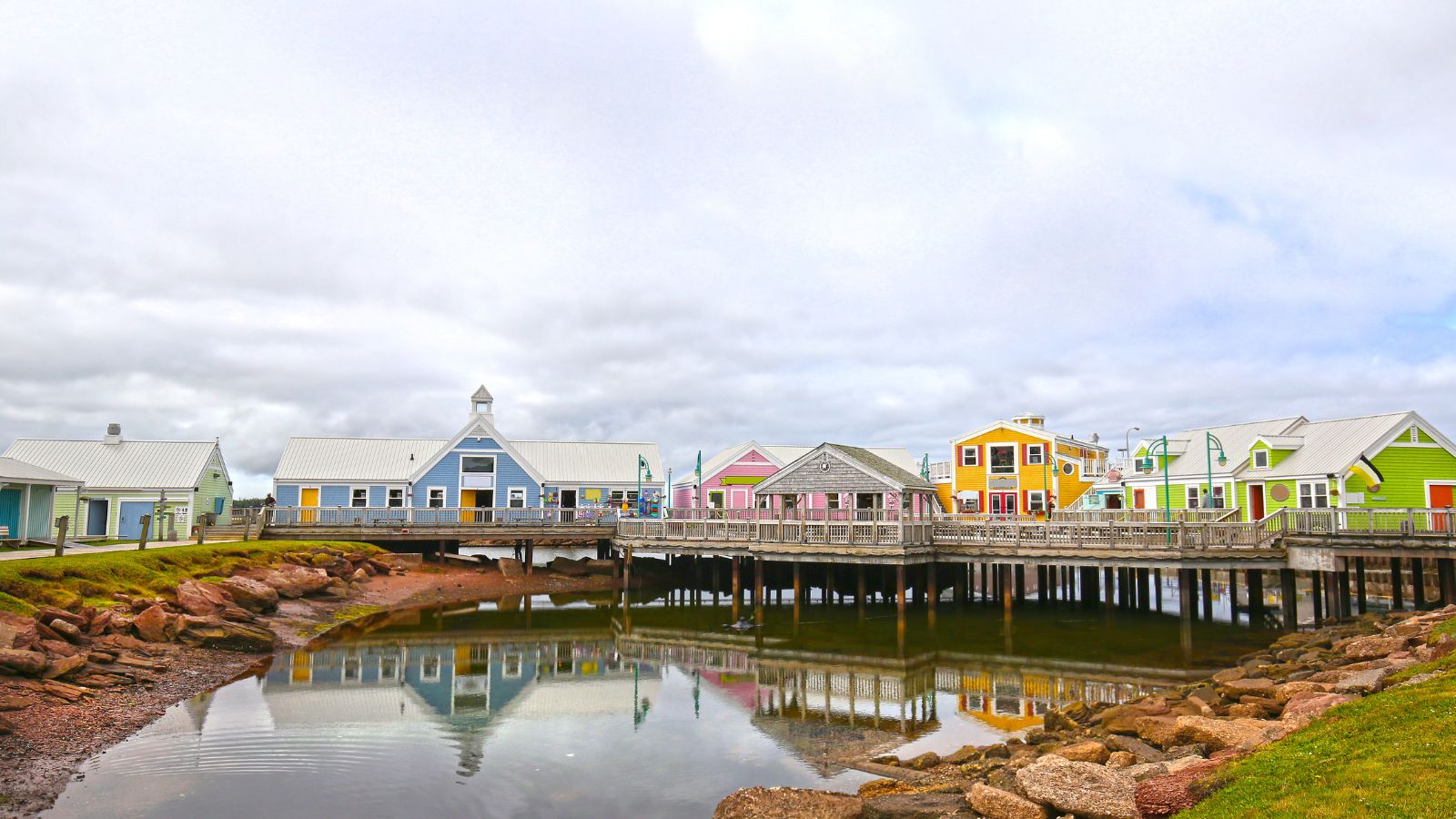
Summerside delivers some of the lowest property taxes in Atlantic Canada while offering a picturesque coastal lifestyle. As P.E.I.’s second-largest city, it benefits from steady tourism, a growing IT sector, and government services as economic drivers. Housing costs remain exceptionally affordable compared to other coastal cities, and the cost of living is further eased by the city’s manageable municipal tax rates. With sandy beaches, a lively waterfront, and a friendly, close-knit community, Summerside is appealing to both retirees and young families.
Portage la Prairie, Manitoba
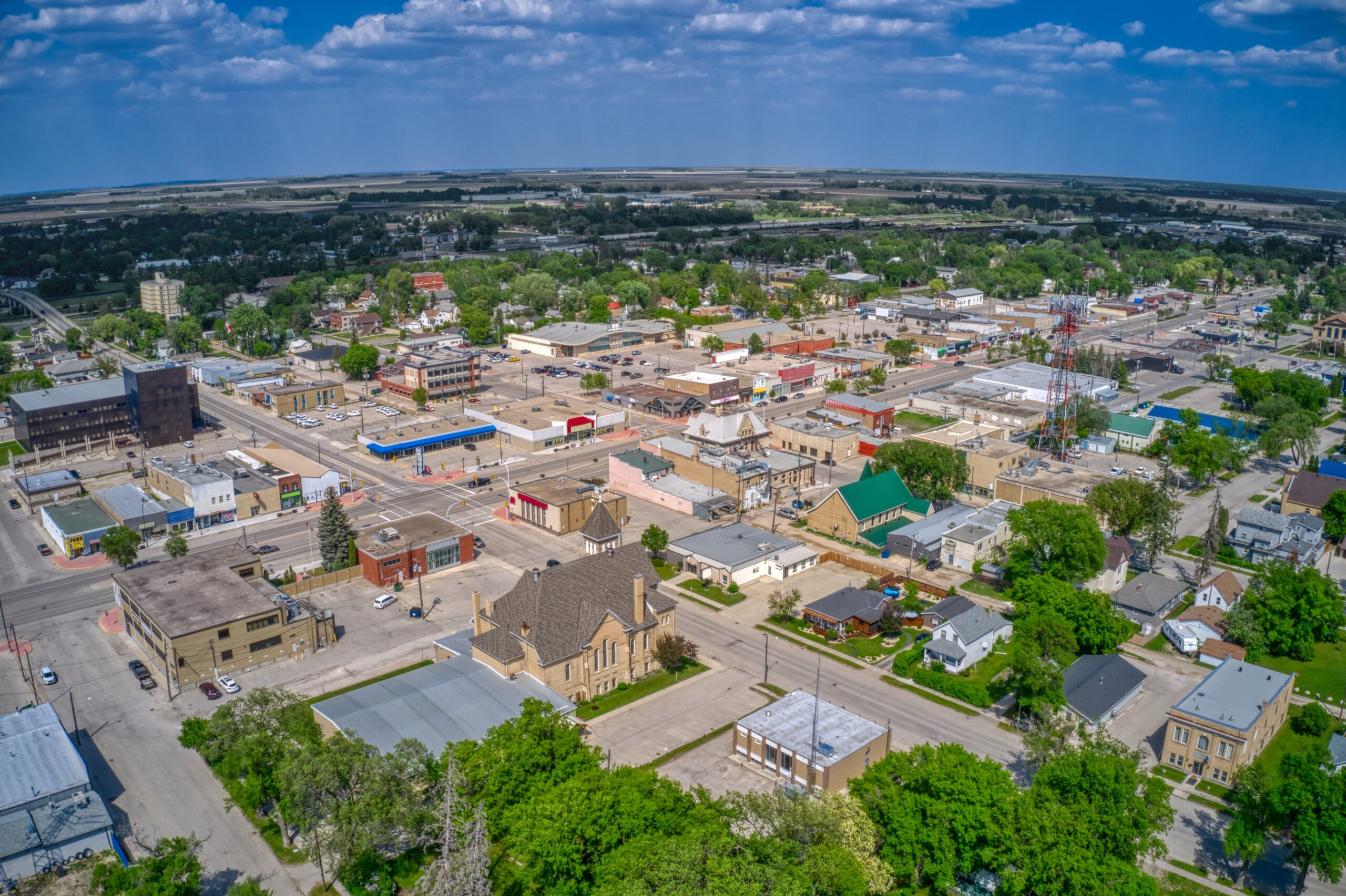
Portage la Prairie offers low municipal taxes and affordable real estate in a city with significant economic momentum. Its location at the junction of major transportation routes makes it a hub for agri-food processing, manufacturing, and logistics. Major infrastructure investments, including a large-scale pea protein plant, are fueling job growth and economic diversification, while residents enjoy a low cost of living and have access to recreational facilities, parks, and cultural amenities.
Rimouski, Quebec
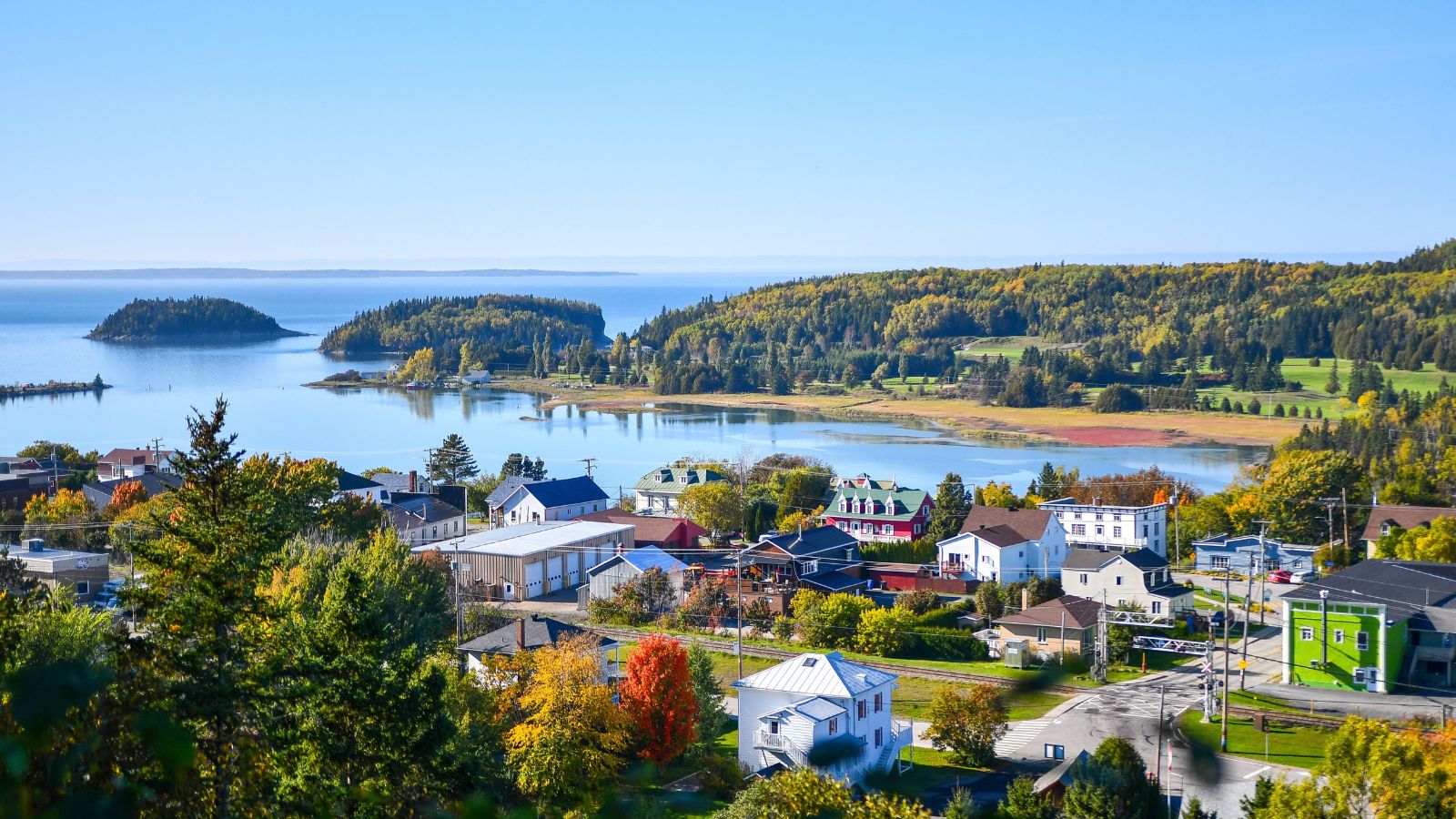
Rimouski combines maritime charm with a cost structure that is far gentler than Quebec’s major urban centers. Low property taxes, affordable housing, and a slower pace of life make it a popular choice for families and retirees. The local economy is supported by marine research, education, and healthcare, giving it stability, and outdoor enthusiasts benefit from immediate access to the St. Lawrence River, hiking trails, and winter sports. With cultural festivals, a vibrant downtown, and excellent public services, Rimouski offers a well-rounded lifestyle at a fraction of the cost of larger Quebec cities.
Camrose, Alberta
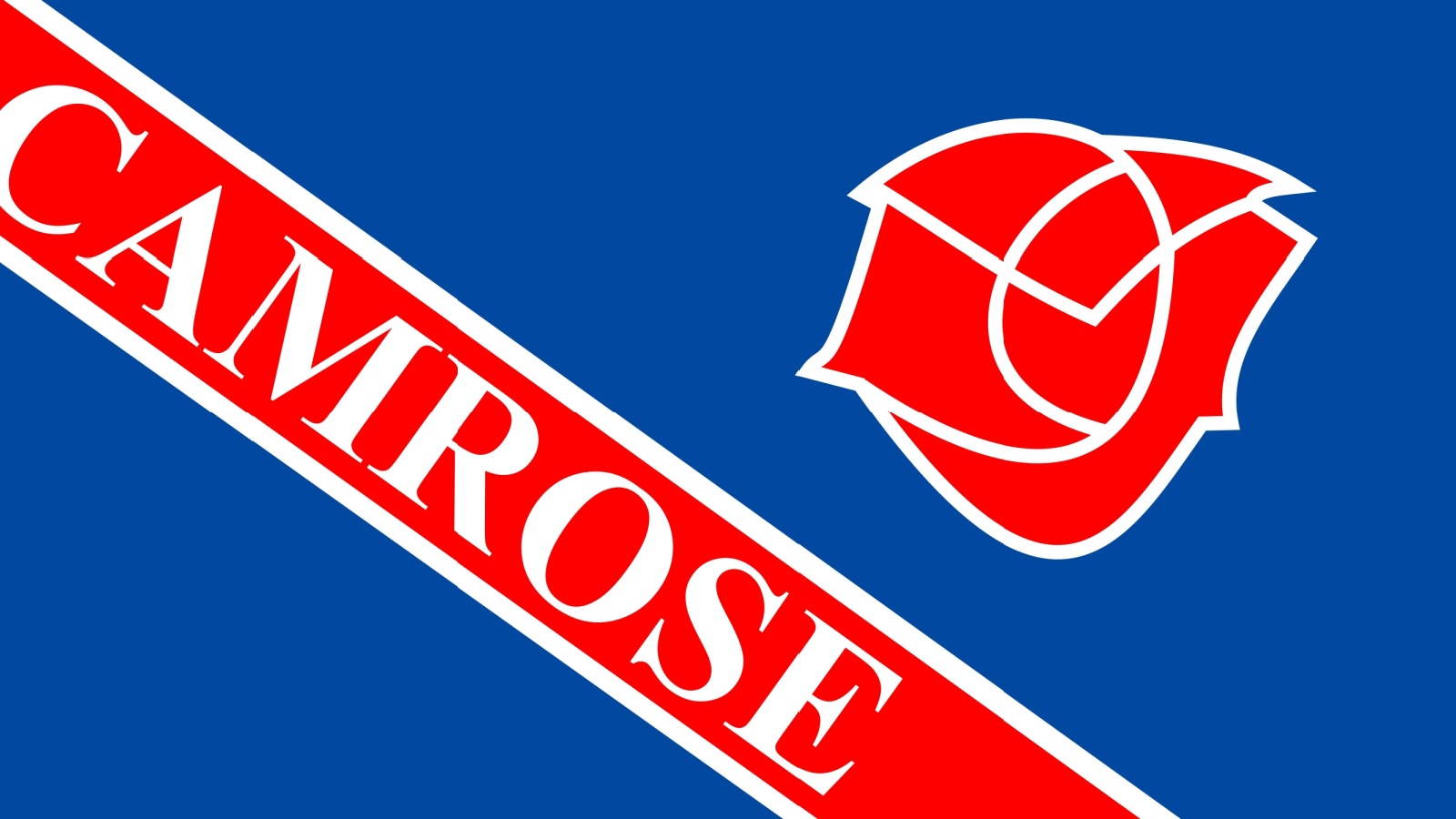
Camrose boasts low property taxes and a housing market that remains accessible, even as Alberta’s economy expands. Known as the “Rose City”, it offers a blend of urban amenities and small-town hospitality. Agriculture and healthcare are major economic pillars, while the city’s location near Edmonton provides additional job opportunities without the associated big-city expenses. Parks, walking trails, and a charming historic downtown add to its livability. With Alberta’s favorable tax climate and Camrose’s affordable cost of living, it’s a compelling choice for those seeking a balanced, budget-friendly lifestyle.
Campbell River, British Columbia
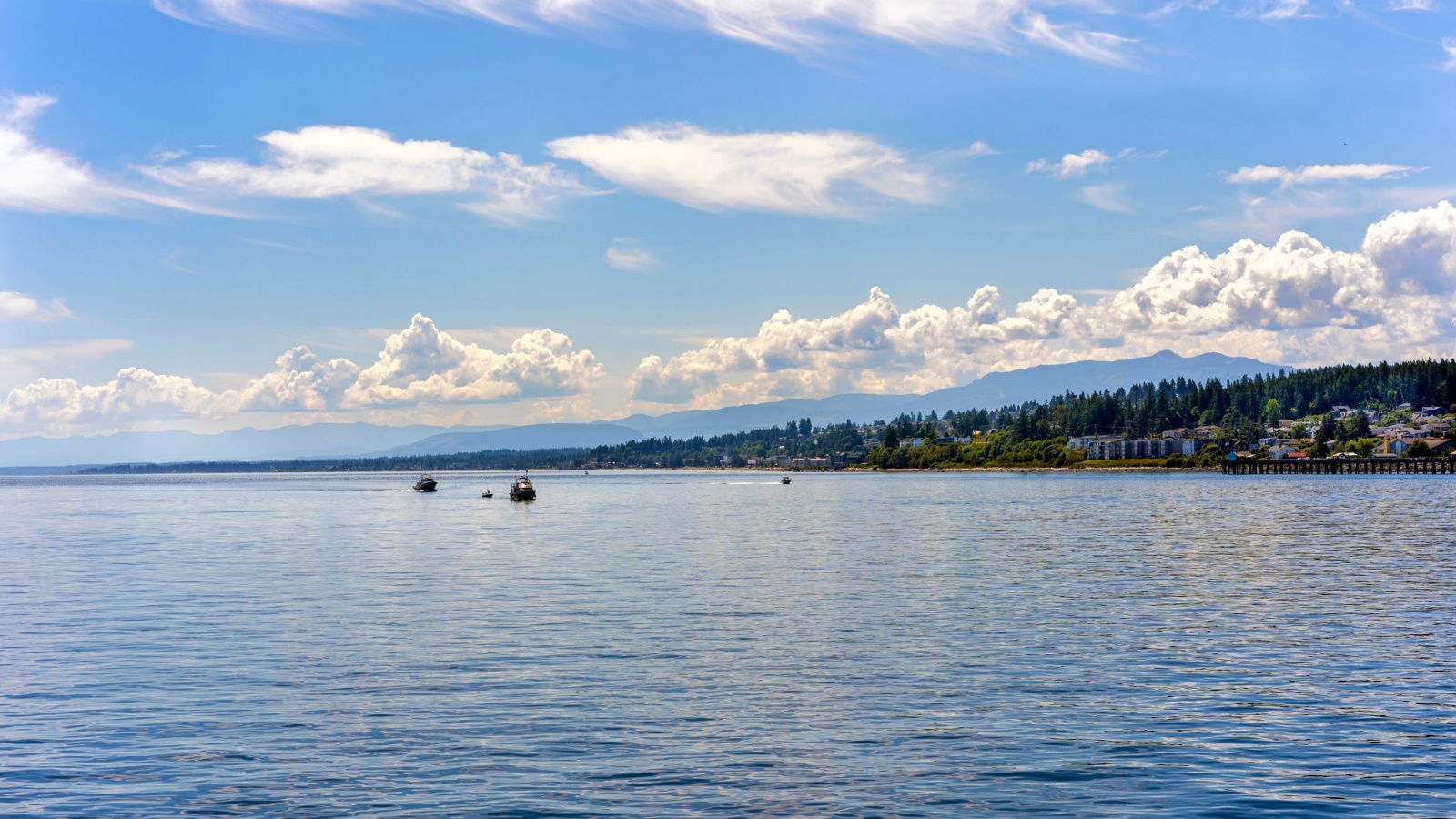
Campbell River is one of the few B.C. coastal cities where property taxes and housing prices haven’t soared beyond reach. It boasts a thriving tourism and fishing industry, alongside growing sectors like aquaculture and technology, and its natural beauty, including forests, mountains, and ocean views, comes without the same premium attached to other Vancouver Island hotspots. The community’s focus on outdoor living, from kayaking to hiking, makes it ideal for active retirees and nature lovers.
Thetford Mines, Quebec

Thetford Mines offers a cost of living that’s among the lowest in Quebec, aided by municipal tax rates that remain highly competitive. Once a major asbestos mining hub, the city has successfully diversified into manufacturing, renewable energy, and tourism. Its historic architecture, cultural festivals, and surrounding natural landscapes create a distinct appeal. Housing prices are significantly lower than in urban Quebec, and the slower pace of life attracts families seeking more space for less money.
Yorkton, Saskatchewan
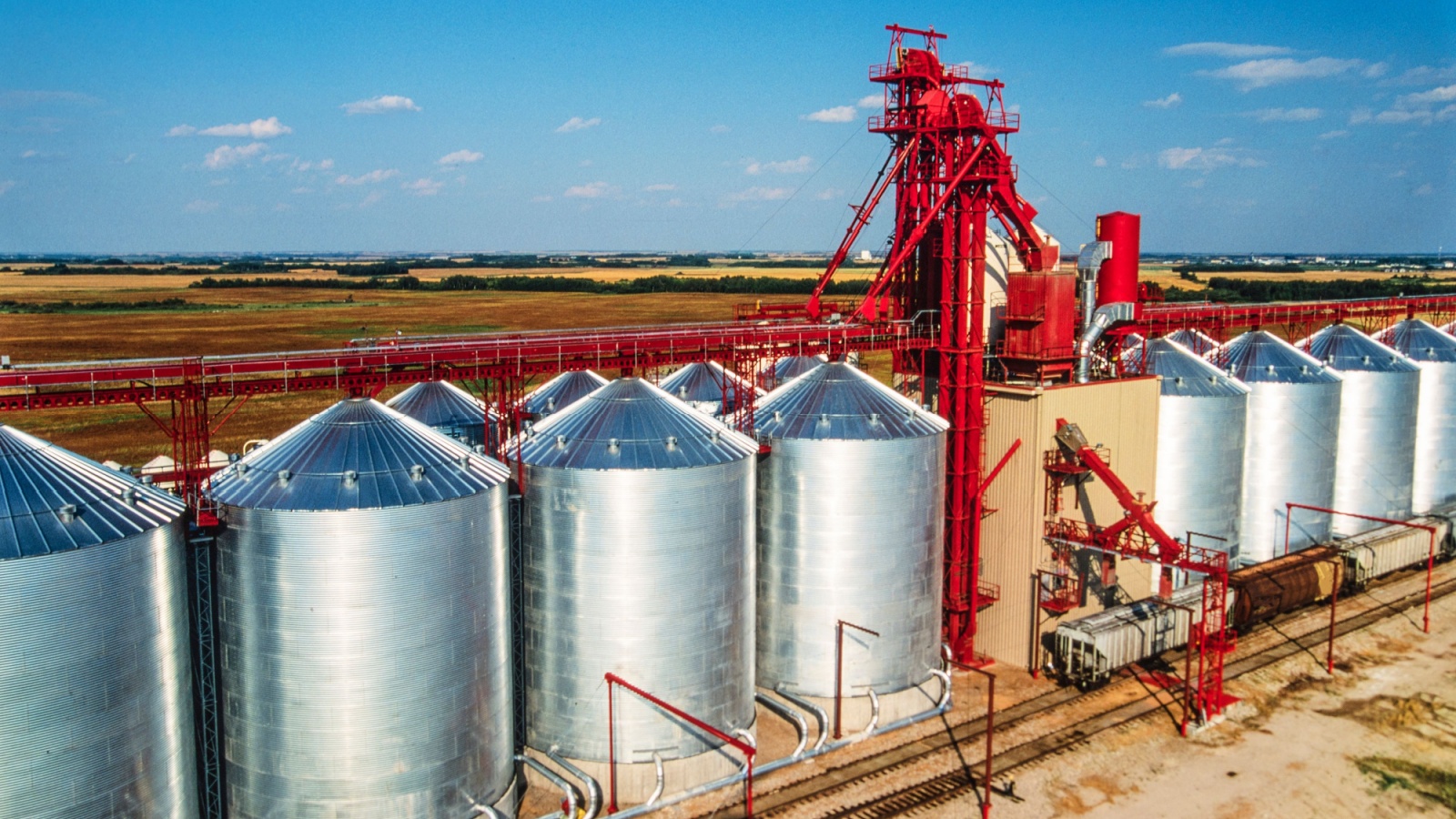
Yorkton delivers one of the most affordable tax environments in the Prairie provinces, complemented by a real estate market that offers excellent value. As an agricultural and retail hub for eastern Saskatchewan, it enjoys steady economic activity without the volatility of resource-dependent towns. Residents have access to quality healthcare, schools, and recreational facilities while avoiding the congestion and costs of larger cities. Yorkton’s combination of low taxes, strong community spirit, and economic stability makes it a hidden gem.
Gander, Newfoundland and Labrador
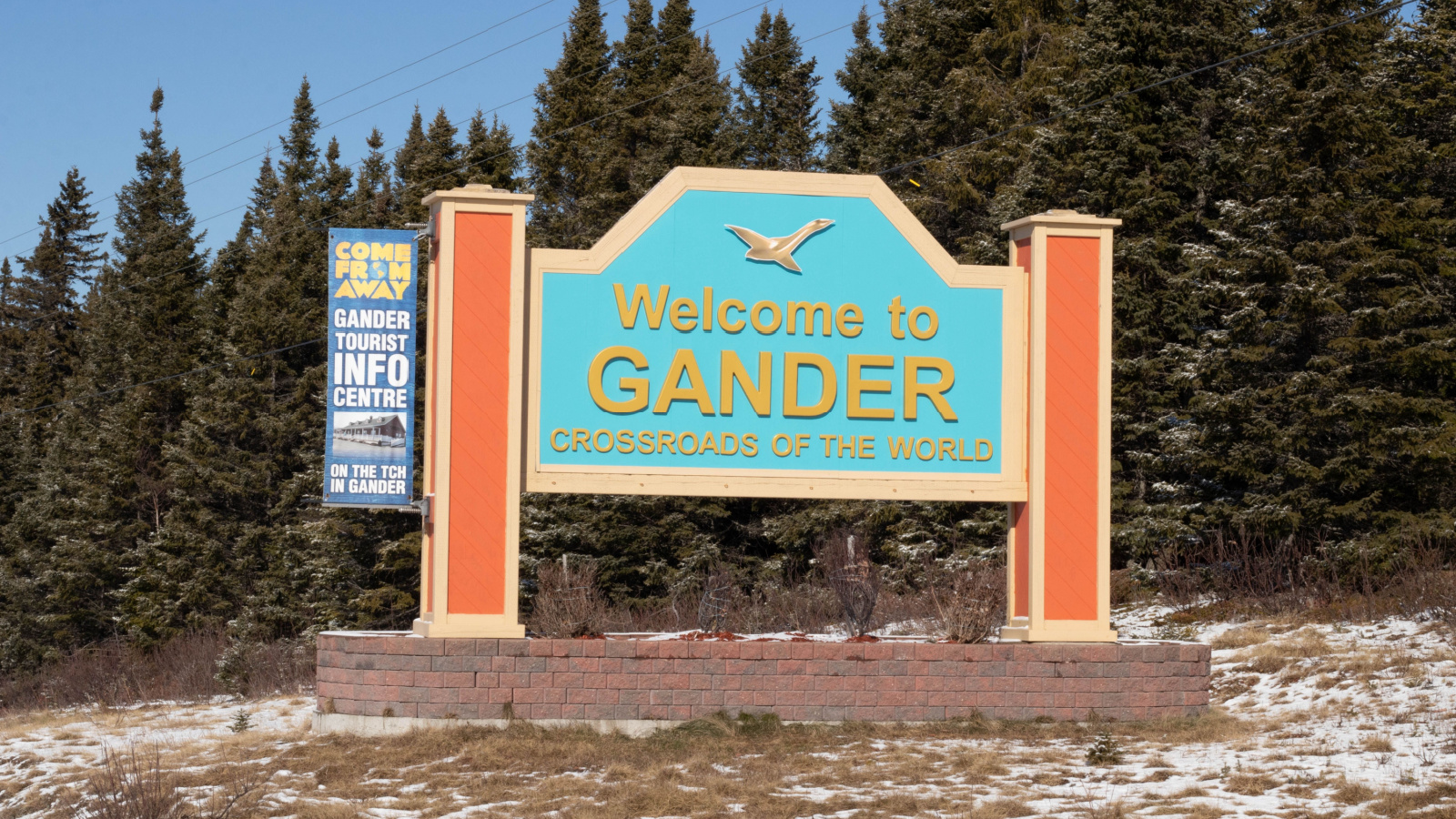
Gander, famous for its aviation history and warm hospitality, pairs low municipal taxes with affordable living costs. Its strategic location as a transportation hub supports steady employment in aviation, logistics, and public services. At the same time, the community’s strong sense of identity, coupled with cultural amenities and outdoor recreation, makes it a welcoming place to call home. Housing prices remain accessible, and the small-town atmosphere appeals to families and retirees alike.
Woodstock, Ontario
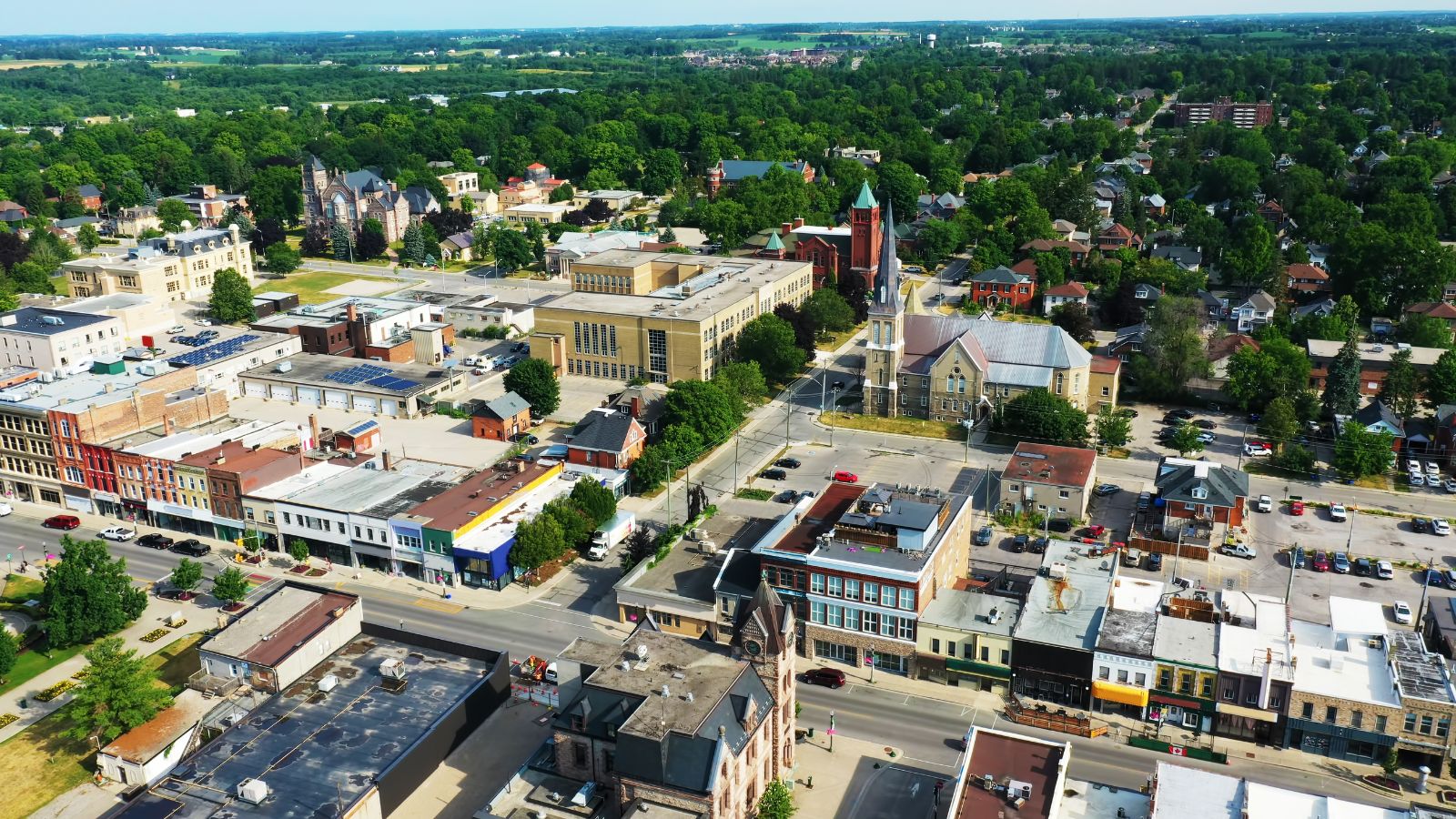
Woodstock stands out in southern Ontario for its competitive property tax rates and accessible housing market. While much of the region has seen steep price growth, Woodstock’s real estate remains more affordable than nearby cities like London or Kitchener. The city benefits from a diverse economy rooted in manufacturing, logistics, and agriculture, and its location along Highway 401 offers excellent connectivity for commuters and businesses alike. Residents enjoy modern amenities, strong schools, and a growing cultural scene without the cost burden typical of the region.
Nanaimo, British Columbia
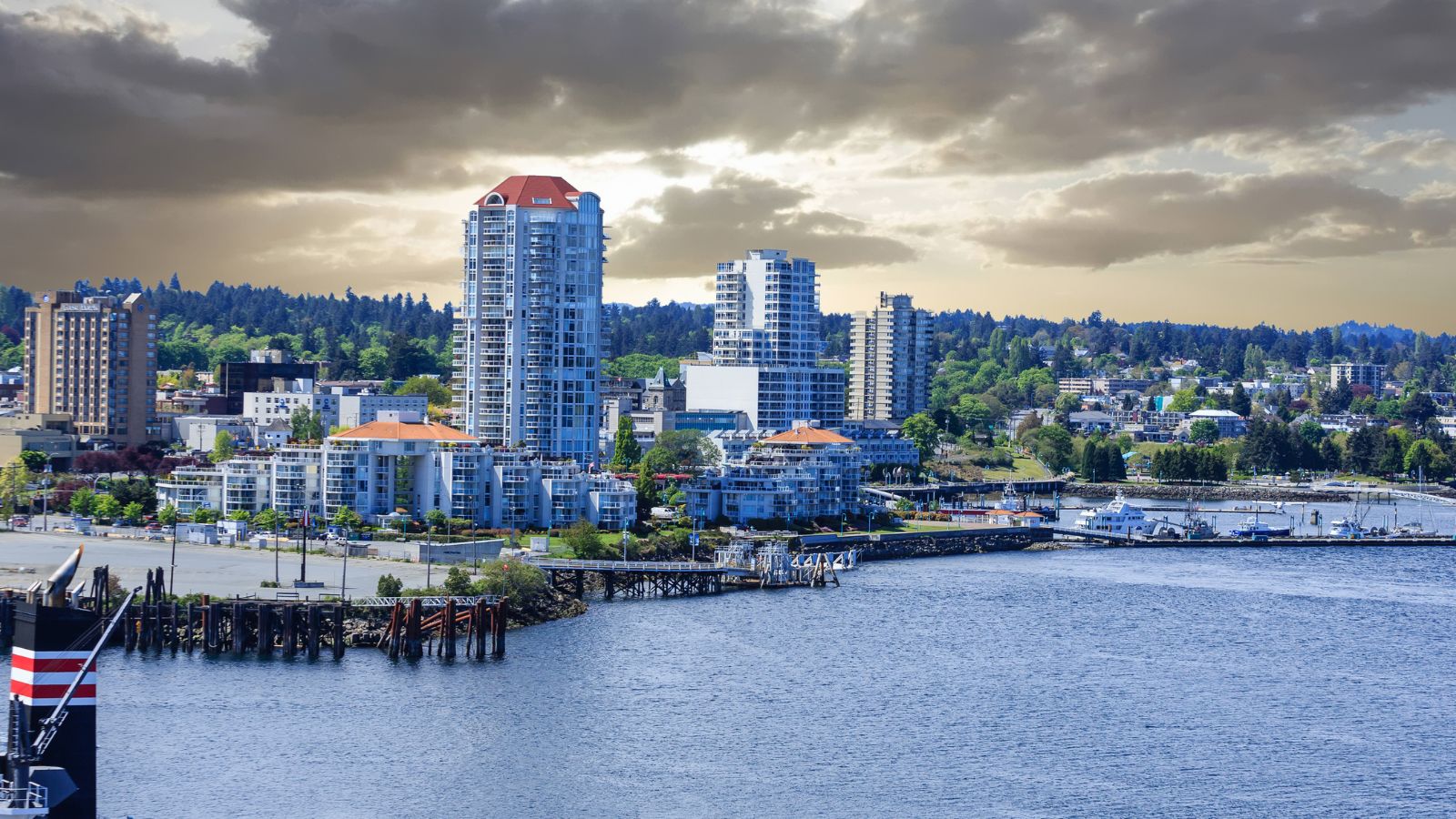
Nanaimo offers one of Vancouver Island’s lower property tax rates, paired with a real estate market that, while pricier than many Canadian cities, remains more affordable than Victoria or Vancouver. Known for its stunning harbor, outdoor recreation, and growing tech sector, Nanaimo appeals to both retirees and remote workers. Its ferry connections to the mainland enhance accessibility without sacrificing the island lifestyle. While B.C. often comes with high living costs, Nanaimo’s tax structure and relative affordability make it a smart alternative for those set on West Coast living.
Moncton, New Brunswick

Moncton combines low property taxes with one of the most affordable housing markets in Canada, making it a magnet for newcomers. Its growing economy spans transportation, call centers, technology, and healthcare, ensuring job stability. As a bilingual city, it offers cultural diversity alongside strong community values. Outdoor activities abound, from nearby beaches to provincial parks, while the city’s revitalized downtown adds urban vibrancy. With manageable taxes, low living costs, and a welcoming atmosphere, Moncton continues to rank among Atlantic Canada’s most attractive and underrated places to live.
21 Products Canadians Should Stockpile Before Tariffs Hit

If trade tensions escalate between Canada and the U.S., everyday essentials can suddenly disappear or skyrocket in price. Products like pantry basics and tech must-haves that depend on are deeply tied to cross-border supply chains and are likely to face various kinds of disruptions
21 Products Canadians Should Stockpile Before Tariffs Hit
